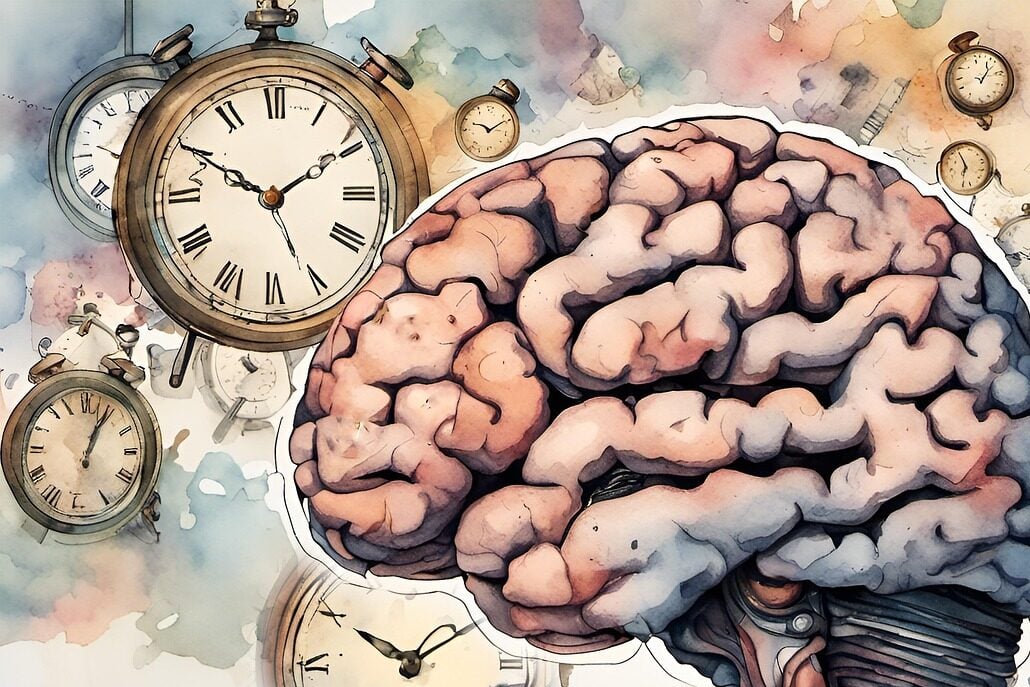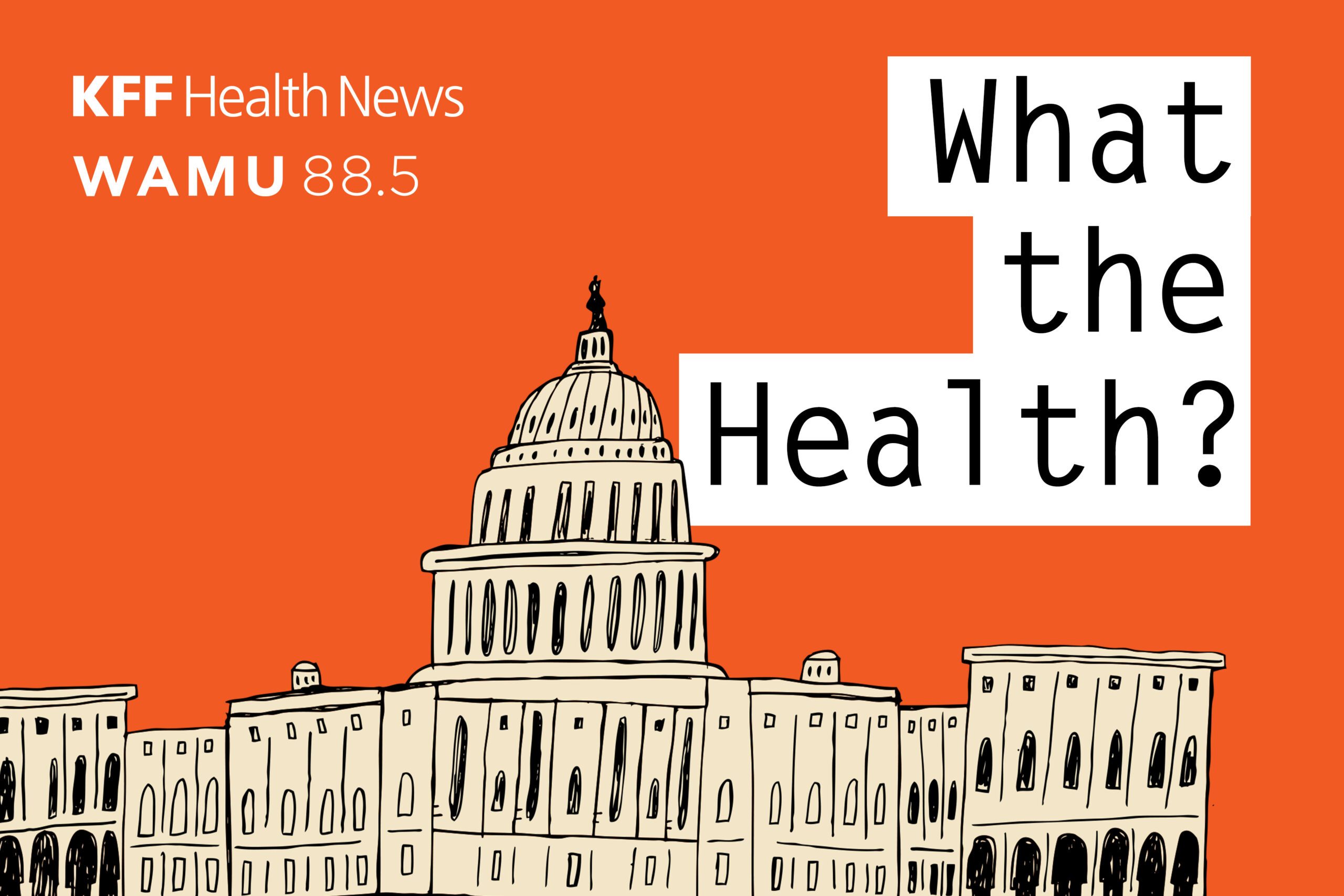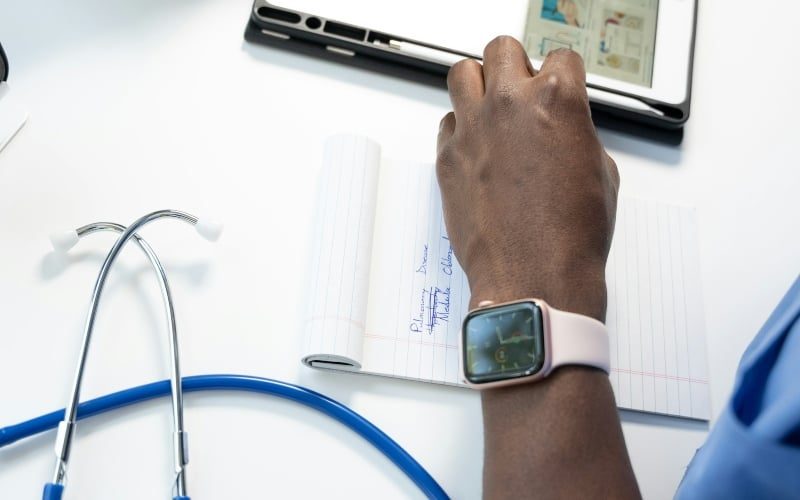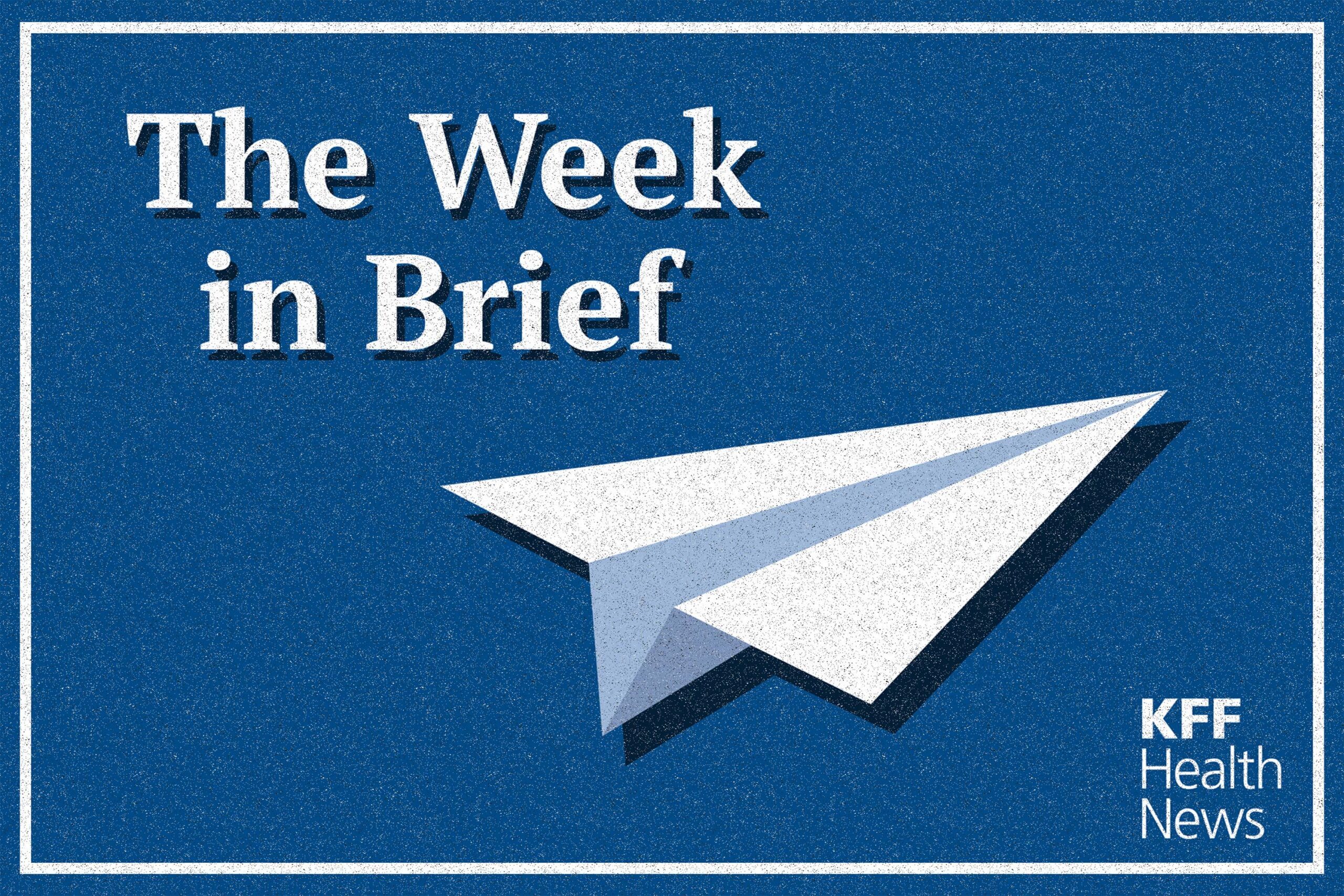Here are the most important takeaways of that yearlong investigation:
- The problem is large. Very large. More than 100 million people, including 41% of adults, are saddled with debt from medical or dental bills, according to a KFF poll conducted for the project. Much of that debt is hidden on credit card balances, in payment plans to hospitals and other medical providers, and through loans patients take out from friends and family. Hospitals, some of them nonprofit or public university systems, often fuel the problem, shuttling patients into loans or selling debt to collection companies.
- The debt is upending millions of lives. About half of adults with health care debt say they have had to make difficult sacrifices. The most common is cutting spending on food, clothing, and other basic household items. But millions of Americans are also taking on extra work, draining retirement accounts, moving out of their homes, or delaying education for themselves or their children. The debt is deepening racial disparities and preventing patients from getting care.
- Health care debt is hard to pay off. One in 8 people with health care debt owe $10,000 or more, the KFF poll found. And although most people with debt expect to repay it, 18% say they don’t believe they’ll ever pay it all off.
- Debt and illness are linked. Debt is more common among low-income and uninsured Americans, but the strongest predictor of whether a community will have high medical debt is how sick its residents are. That’s according to the Urban Institute, which analyzed county-level debt data for this project: In the 100 U.S. counties with the highest levels of chronic disease, nearly a quarter of adults have medical debt on their credit records, compared with fewer than 1 in 10 in the healthiest counties.
- Patient debt is pervasive for a reason. The KHN-NPR investigation finds that despite more people having health insurance — as a result of the Affordable Care Act — medical debt is pervasive. There is a reason: Over the past two decades, health insurers have shifted costs onto patients through higher deductibles at the same time that the medical industry has steadily raised the prices of drugs, procedures, and treatments. The 2010 health care law didn’t curb that.
KHN (Kaiser Health News) is a national newsroom that produces in-depth journalism about health issues. Together with Policy Analysis and Polling, KHN is one of the three major operating programs at KFF (Kaiser Family Foundation). KFF is an endowed nonprofit organization providing information on health issues to the nation.
Subscribe to KHN’s free Morning Briefing.

—
Previously Published on khn.org
***
You Might Also Like These From The Good Men Project
 Compliments Men Want to Hear More Often
Compliments Men Want to Hear More Often  Relationships Aren’t Easy, But They’re Worth It
Relationships Aren’t Easy, But They’re Worth It  The One Thing Men Want More Than Sex
The One Thing Men Want More Than Sex  ..A Man’s Kiss Tells You Everything
..A Man’s Kiss Tells You Everything Join The Good Men Project as a Premium Member today.
All Premium Members get to view The Good Men Project with NO ADS. A $50 annual membership gives you an all access pass. You can be a part of every call, group, class and community. A $25 annual membership gives you access to one class, one Social Interest group and our online communities. A $12 annual membership gives you access to our Friday calls with the publisher, our online community.
Register New Account
Log in if you wish to renew an existing subscription.
Username
First Name
Last Name
Password
Password Again
Choose your subscription level
- Yearly - $50.00 - 1 Year
- Monthly - $6.99 - 1 Month
Credit / Debit Card PayPal Choose Your Payment Method
Auto Renew
Subscribe to The Good Men Project Daily Newsletter By completing this registration form, you are also agreeing to our Terms of Service which can be found here.Need more info? A complete list of benefits is here.
—
Photo credit: iStock
The post Five Quick Takeaways From a Yearlong Investigation of Medical Debt in America appeared first on The Good Men Project.
Original Article










